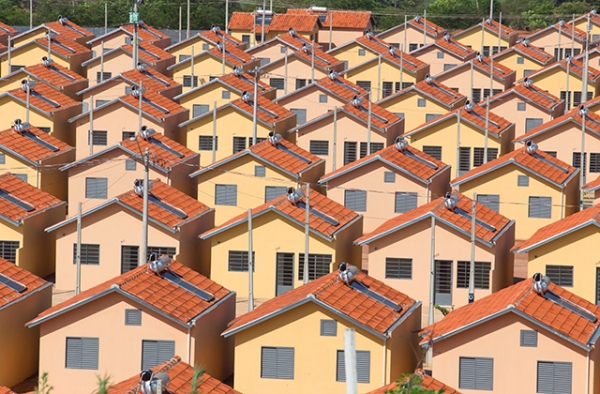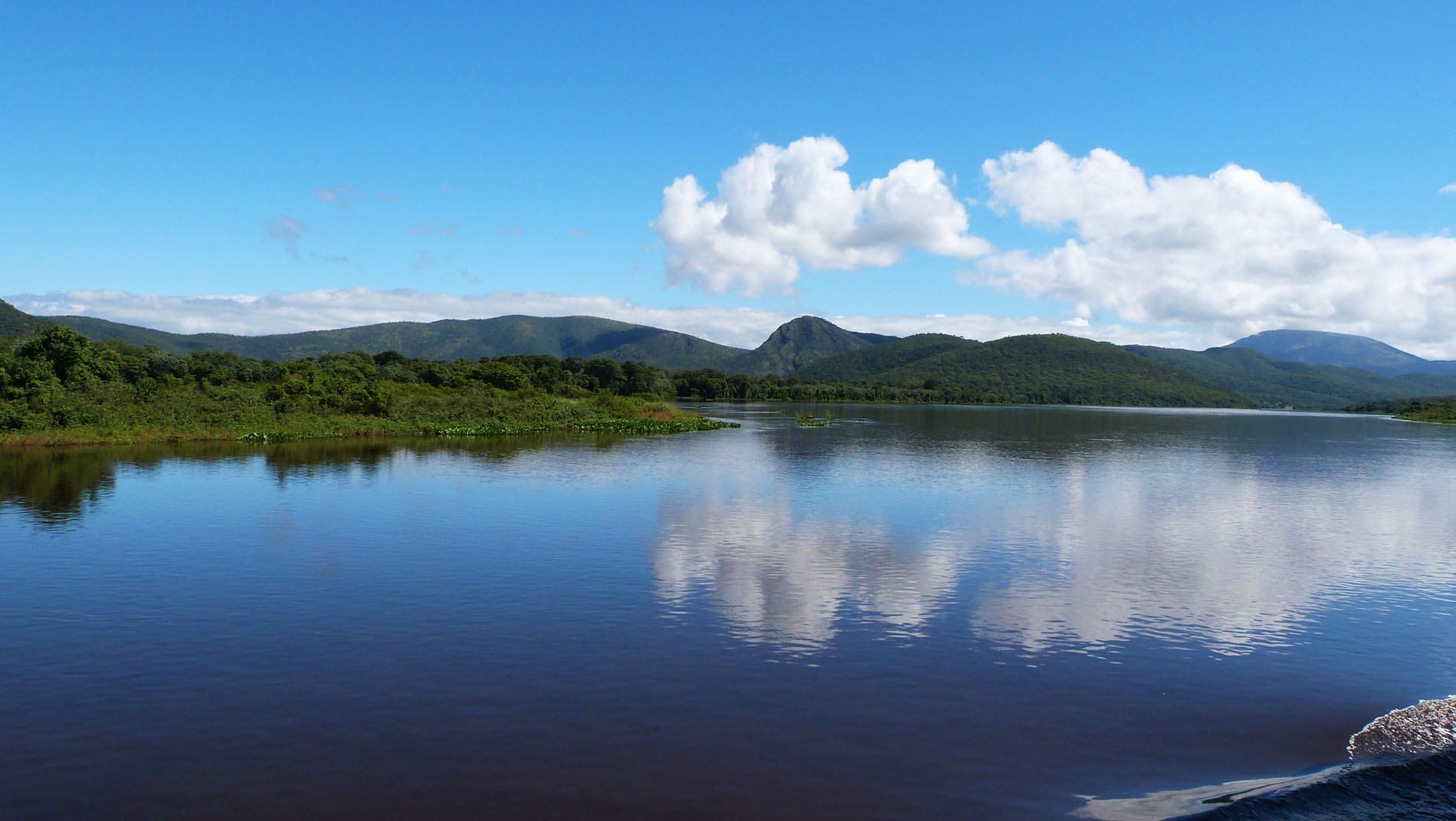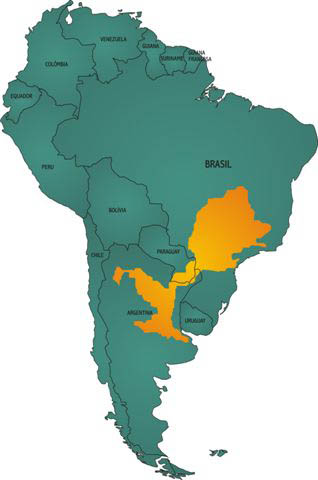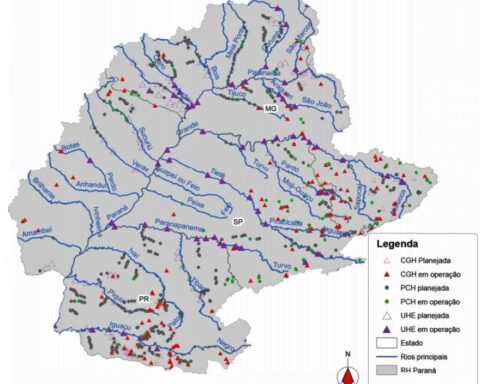Hydropower and the future of Amazonian biodiversity
In an effort to ensure energy independence and exploit mineral resources, the governments of Amazonian countries are embarking on a major dam building drive on the basin’s rivers, with 191 dams finished and a further 246 planned or under construction. This rush to harvest the basin’s vast renewable energy capacity has come without proper consideration of the likely negative environmental externalities on the world’s most speciose freshwater and terrestrial biotas. Here we highlight the economic drivers for hydropower development and review the literature to summarise the impacts of dam building on Amazonian biodiversity. We identify both direct and indirect impacts through the anticipated loss, fragmentation and degradation of riparian habitats. We then propose a series of measures to assess, curb and mitigate the impacts of destructive dams on Amazonian biodiversity.
Read more: Hydropower and the future of Amazonian biodiversity
Tropical dams: To build or not to build?
The reduced cost and increased capacity of next-generation sequencing technologies have substantially increased the numbers of DNA variants identified per test. However, many of these variants are of unknown significance or are incidental findings. The lack of an evidence base hinders the translation of genetic findings into disease prevention and rational treatment choice. Furthermore, many population groups have not been adequately assessed genetically, which means that normal genetic variation within these groups is unknown, especially with respect to disease manifestation and drug metabolism.
Read more: Tropical dams: To build or not to build?
Environmental disturbances and fishes in the Amazon
The Amazon is a multi-faceted biome extending across all of the countries in northern South America. Aquatic habitats include watercourses of all sizes, beaches, lakes, flooded forests and floodplain areas. White, black and clear water types differ in the amount and nature of their sediments and in their levels of dissolved organic carbon, ion content, pH, water density and temperature. This environmental diversity is added to the regular cycle of changes driven by region’s annual flood pulses. Over millions of years, the region has experienced challenges requiring continuous biological adjustments of all organisms. These natural constraints are claimed to be the cause of the unparalleled diversity of fish species in the region.
Read more: Environmental disturbances and fishes in the Amazon







